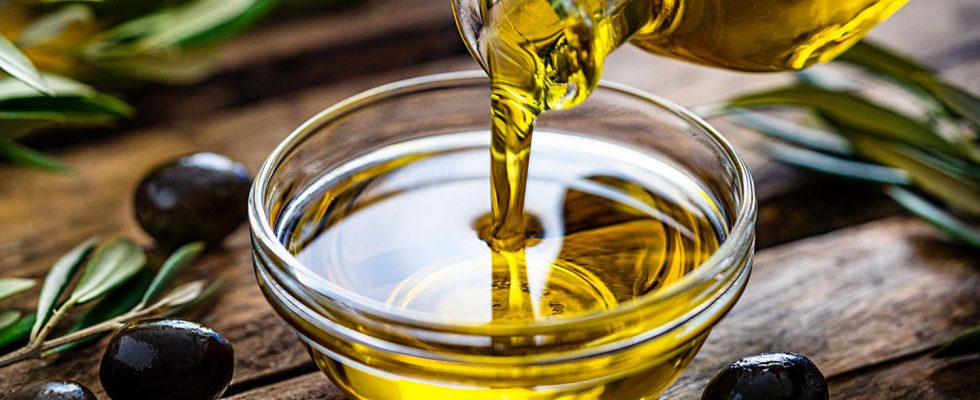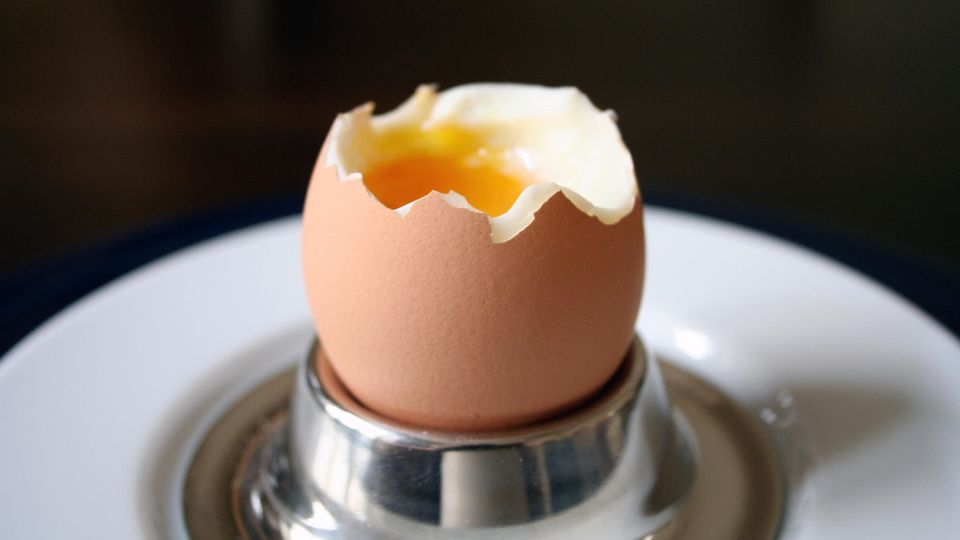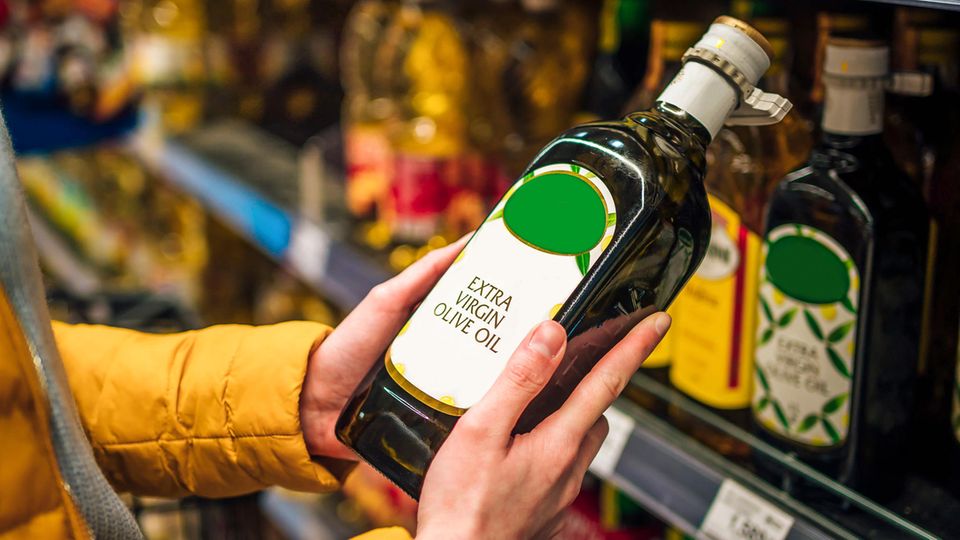Rancid
Ever higher prices, ever poorer quality: Warentest is failing olive oils in droves
Warentest is dissatisfied with the current olive oil quality
© fcafotodigital / Getty Images
Olive oil prices are currently skyrocketing. Warentest checked whether the quality can keep up. The result is worrying – the oils are no longer as good as they were a year ago. Only two products are convincing at all.
It takes five years, often even seven, for an olive tree to bear its first fruit. It is most productive in its “mature” years from 35 onwards. Olive trees thrive best in Mediterranean areas Climate. The trees generally cope well with periods of heat, but temperature fluctuations do not – and that is precisely what is increasingly becoming a problem. Because the Mediterranean region has been plagued by extreme weather in the past two years, the sun literally burned the olives and water was scarce, harvests have collapsed.
This is also reflected in the fact that olive oil is increasingly becoming a luxury product on supermarket shelves. Supply is tighter than demand, which drives up prices. For some olive oils from the supermarket, consumers now have to pay twice as much as they did a year ago, and even for much poorer quality Stiftung Warentest has now found out.
Warentest criticizes the decline in quality of olive oil
23 products were tested, including 19 extra virgin olive oil and four frying olive oils. The comparison shows that the quality in the bottles has deteriorated significantly: only about one in six olive oils was “good”. Things looked different last year. At that time, two thirds of the oils performed “good”.
Extra virgin olive oil refers to oils of the highest quality. “Early” olives are used, which are still green and taken directly from the tree. After harvesting as gently as possible, the olives are processed within the next few hours at best, mechanically without the addition of heat. The criteria that must be met for this quality class include, among other things, sensory flawlessness. In the current product test, only two extra virgin olive oils were convincing – by far the two most expensive products in comparison.
“Good” olive oil is becoming increasingly difficult to come by
The Rapunzel organic oil from Crete (grade 2.1) costs 34 euros per liter, the test winner from Cosmo di Russo Caieta (grade 1.7) even costs 46 euros. If you can’t or don’t want to afford that, Warentest recommends extra virgin olive oil from Rewe Ja (grade 2.6). This took third place in the test and costs a comparatively cheap 10.70 euros. Alnatura produces the best frying oil. It’s organic, “good” and available for 18.70 euros per liter. Ten other oils are at least “satisfactory” and one is still “sufficient”.
Particularly unpleasant: almost a quarter of the oils tested had to fail Warentest – they were “poor”. According to the testers, they tasted “rancid” and “muddy,” among other things. According to Warentest, this is typical for fruits that have been stored too warm for too long and have fermented. Due to the weather conditions, they would have had to be harvested earlier and at warmer temperatures in some places. According to Warentest, the oils should not have been sold as extra virgin.
“For the first time we have the impression that the climate crisis is reflected in a food test,” said food chemist and test manager Jochen Wettach to Warentest. The “defective” products also include popular oils from supermarket own brands such as Edekas extra virgin olive oil from Gut & Günstig. Some discounter products deliver more “satisfactory” results.
You can read the complete olive oil test for a fee test.de



